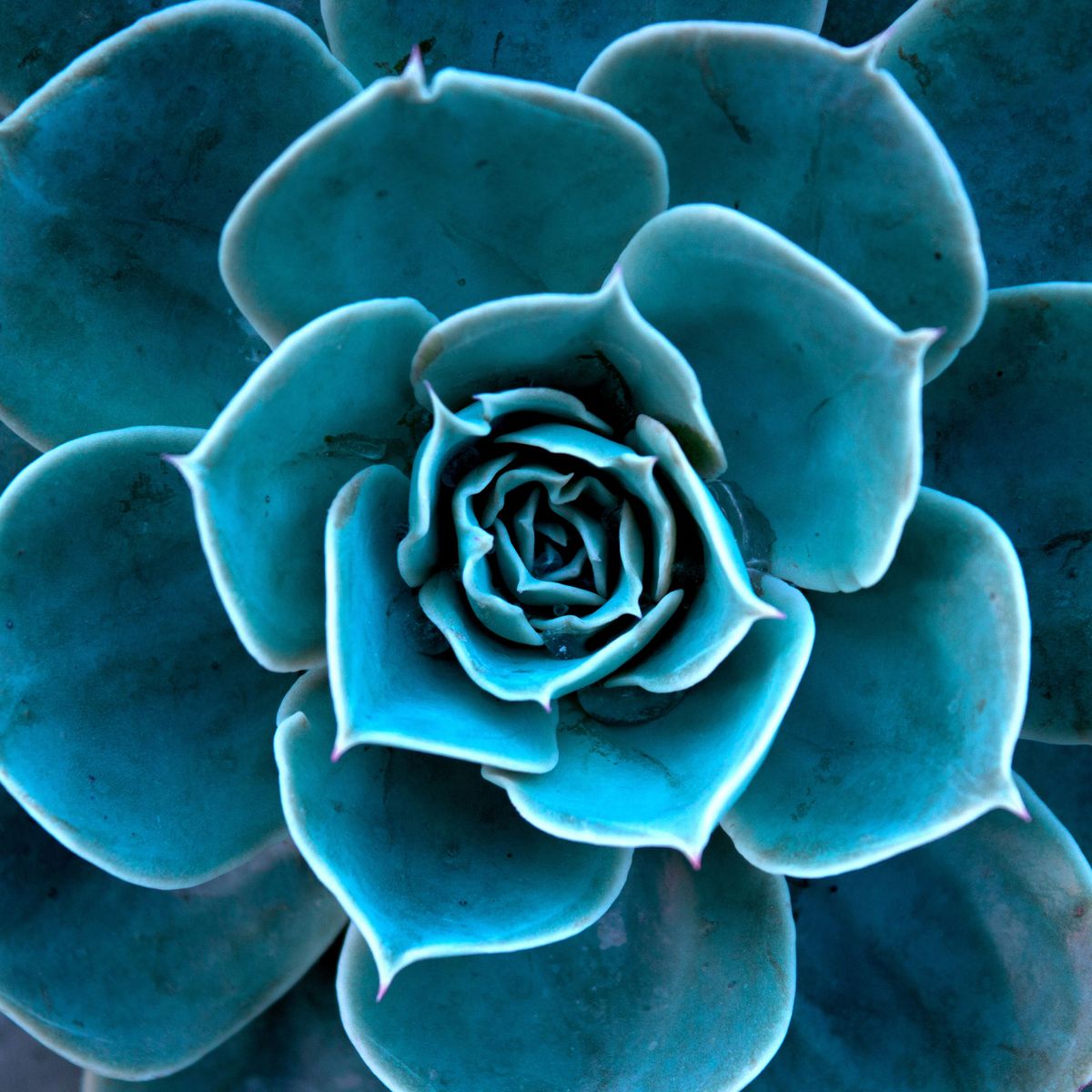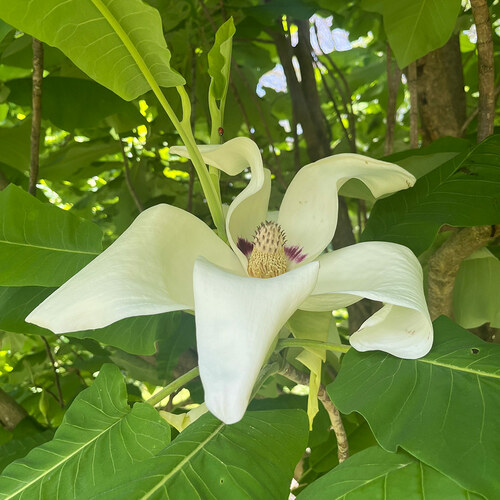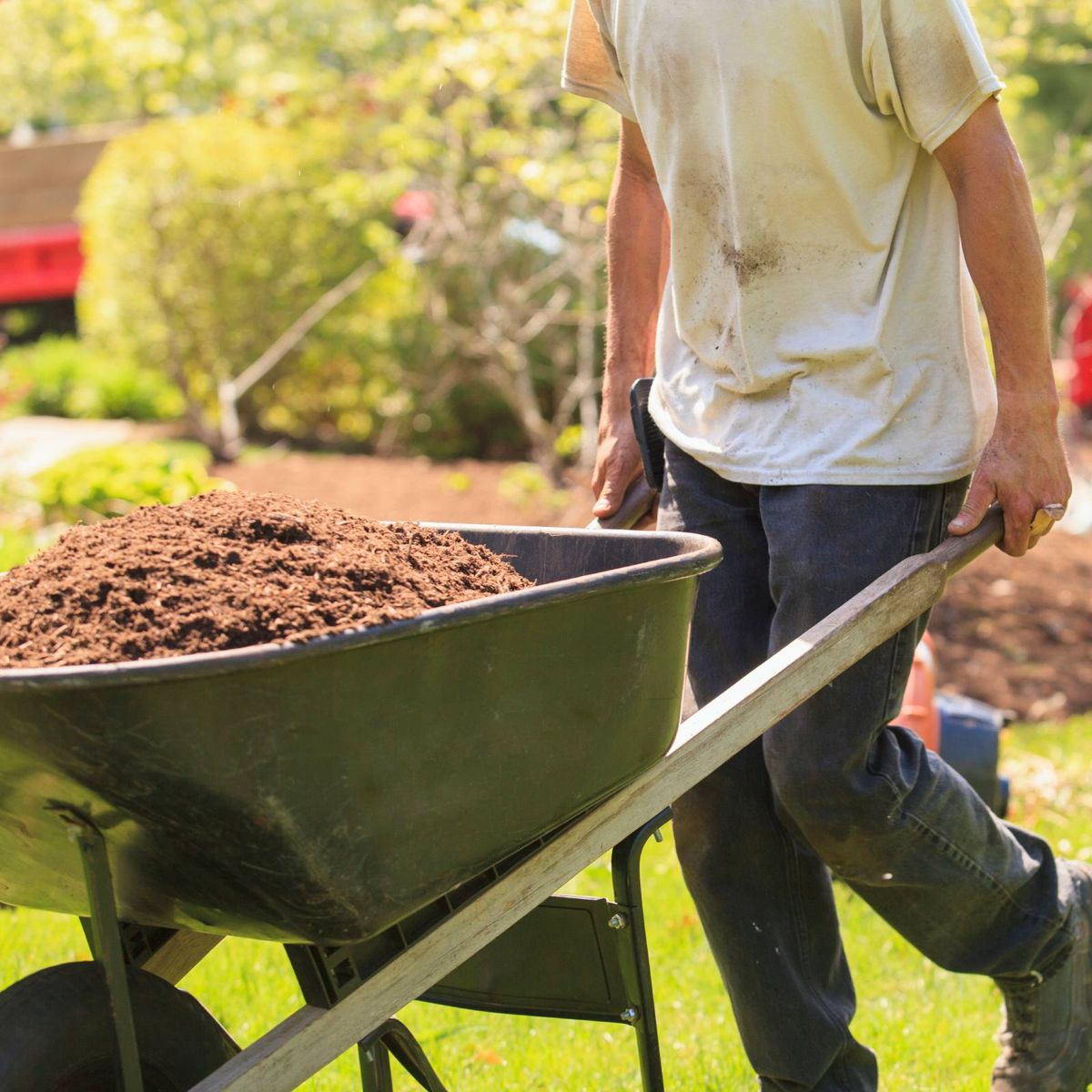The natural everlasting flowers are those with papery petals, often called immortelles, that can be dried and kept for indoor arrangements during the winter. The most common are helichrysums and other members of the daisy family including helipterum, ammobium, anaphalis and xeranthemum, all yellow, bronze, gold, pink and white and a packet of seeds can produce a lovely selection. The sea lavenders, too, are popular. They are often called statice, but belong to the genus Limonium, and they include the two annuals, L. sinuaturn, in various colors and L. suworowii, bright rose, and the perennial L. latifolium, with tiny blue flowers. If they are kept free from dust they will last for years. The latter is sometimes dyed because the blue flowers tend to lose their color and the gold, red and bright green flowers sold by florists in Christmas decorations were originally blue.
Cultivation and harvesting
All these plants revel in a hot dry summer and last much better after a good season. Sow them in the greenhouse in March to get an early start, planting them out in May. Or sow in the open ground in the sunniest spot in the garden in late April and May, thinning the seedlings to 6 inches apart, and hope for a dry summer. Be prepared to sacrifice garden decoration for winter display because these flowers for drying need to be cut just as they come to maturity. If they are left two or three days too long the petals are less closely folded over one another and they soon shatter once they are completely dry. Cut them all with stems as long as possible, except perhaps the helichrysums, which often have lateral flower buds. These can be snipped off just behind the head and later given false stems. Tie them loosely in small bunches and suspend them from a cord or wire stretched across a garage or spare room or spread them out on wire mesh frames where there is no dampness and no direct sun. The former will encourage rotting and the latter will bleach the color away from the flowers. The stems of many flowers bend and are not strong enough to hold the heads. False stems can be made with florist’s wire, straws, pipe cleaners or twigs.
Other plants which will dry
There are other plants which will retain their color and shape well after drying and which associate happily in arrangements with the true immortelles. Achillea filipendulina ‘Gold Plate’, and `Coronation Gold’, sea holly (Eryngium), thistles, teasels, the lanterns of Physalis franchetii, Moluccella laevis, (bells of Ireland), echinops, ferns, grasses, gourds, montbretias, cornflowers, heathers, astrantias, lavenders, edelweiss and hops can all be preserved and used, provided they are cut just at the point of maturity and not left too long. Most of these can be dried in the same way as the true everlasting flowers, or laid on sheets of newspaper away from the sun, dampness or heat for a week or two until they are thoroughly dehydrated. Ferns benefit from pressing between sheets of paper under the carpet, or between sheets of blotting paper under a cool iron.
Drying leaves
Leaves to accompany this material can be either copper beech, gathered just before they begin to dry, or green beech once it has assumed its golden autumn color. Put the sprays of leaves into a tall container filled with a mixture of half water and half glycerine, keep them out of direct sunlight until the leaves are silky and then press them under the carpet between sheets of newspaper.
Some leaves, especially the leathery ones such as holly, magnolia, rubber plant (Ficus elastica) and camellia, can be skeletonized by leaving them in a tub of rainwater until the outer parts of the leaves become slimy and can be rubbed away, leaving the framework of the leaf. This needs washing in clean water and drying on paper and can be encouraged to curl without breaking once it is quite dry.
All this material, together with the seed-heads of such plants as nigella, columbines, larkspurs, poppies, Iris foetidissima, (the gladdon iris) with its brilliant orange fruits, honesty (Lunaria) which needs to have the outer coats gently removed to reveal the silvery `moons’ between, the fluffy seed-heads of clematis, the cones of conifers, acorns, nuts and the old female catkins of the alder and other hedgerow or garden material, provides endless scope for dried arrangements for indoor decoration. Materials should be stored in boxes once they have been dried, until they are needed, otherwise they will gather dust and lose their fresh look.
True everlastings
True Everlastings or Immortelles are those flowers grown specifically to be dried. They are annuals and grow best in a sunny place.
Acroclinium roseum syn. Helipterum roseum is a well-known straw daisy with petals softer than those of its near relative Helichrysum bracteatum. It grows to about 2 feet tall and has daisy-like pink or white flowers of papery texture. In a good summer it should flower six weeks after it has been sown, so you can grow and dry it in the same year.
Ammobium alatum; grandiflorum (everlasting sand flower) has silvery-white petals and a domed yellow centre. It does grow to 2 feet tall but its stems are short in proportion to its flower-heads and you may need to lengthen them when you come to arrange them.
Gomphrena globose (globe aramanth or batchelor’s buttons) was a favourite in Elizabethan gardens. It grows 12-18 inches high, has white, red or purple globular flowers and is half-hardy. Perhaps the best known of all the everlastings is Helichrysum bracteatum (the straw flower) which include both 3-4 feet tall and shorter dwarf varieties. It has flowers rather like those of a stiff, shiny-petalled double daisy in an assortment of colors—orange, wine-red, apricot, yellow, gold and white.
The flowers should be picked as soon as they begin to open.
Helipterum manglesii, also known as Rhondanthe manglesii, grows 12-18 inches tall and has tiny daisy flowers in clusters of florets—white, pink, or rose; both double and single blooms.
Statice (Limonium) sinuatum (sea lavender) grows 1-2 feet high and has papery flowers in blue, mauve, or white. Its perennial cousins are Statice (Limonium) latifolium which has mauve flowers—this is somewhat taller, reaching 2-3 feet—and Limonium bonduellii which has yellow flowers and grows to 1-2 feet. Both of these dry equally well.
Xeranthemum is another everlasting with silvery pink, mauve or white flowers. It grows to 2 feet tall and must be sown where it is to flower as it resents being moved.
Other flowers you can dry
There are also many perennials easily bought as plants or grown from seed which—although not true everlastings —have flowers, pods or seed heads which can be dried successfully. (Perennials are sown in summer for flowering the following year, or bought as plants and planted in spring or autumn.) With a little luck and a reasonable amount of care the most unexpected flowers can be dried—golden rod, cornflower, delphiniums, and double sunflowers.
Acanthus mollis (bear’s breeches) with its tall spikes of white and purple flowers and large, jagged leaves grows to 3-4 feet and should be gathered when its lower florets are at their best. If you wait until these begin to fade the whole flower will fade and lose its color.
Achillea is a yarrow which is found in many varieties from a few inches up to
5 feet tall. It has flat white or yellow heads made up of a mass of tiny flowers and feathery grey-green leaves. This dries very well, and keeps its color. The silver-grey foliaged Anaphalis (pearl everlasting) has clusters of tiny everlasting-type daisy flowers and grows to 1-2 feet.
Catananche (blue cupidone or cupid’s dart) has large blue daisy-like flowers and grows to 2-3 feet tall. It is one of the few which should be gathered when it is fully developed.
The prickly thistle family includes the superb silver-green and blue Eryngiums (sea holly) and the steely, blue metallic balls of Echinops (globe thistle). The thistle family as a whole provides a lot of interesting material in various sizes, all of which dry well and provide a bold contrast to the more fragile daisies.
Hydrangeaceae (hydrangea) is dried most successfully if it is arranged in fresh water and then just forgotten and left. Pick it when it is just changing color, from blue to green and pink to red. For some inexplicable reason one or two blooms usually fail to dry well—remove these and keep the rest.
Grasses
Ornamental grasses are annuals and absolutely gorgeous for dried decorations. They flower in late summer and are sown and dried in the same way as flowers. (But the darker the place you dry them in the better; given a little light they turn pale and brittle.) Many of these set seed easily so grow them by themselves—they can be a nuisance in a mixed border.
Most reputable seedsmen sell good selections of grasses and below are listed just a few of those growable from seed. There are many more, some perennial, from the common-or-garden wheat, barley, oats and millet right up to the giant 10 feet tall Cortaderia argentea (pampas grass) with its silvery plumes. They can be used on their own or mixed with dried flowers and look enchanting growing in rows or patches with their heads fluffy, furry, cloudy, wheat-like or woolly.
Agrostis nebulosa (cloud grass) grows to 14 feet and has a charming head like a cloud of tiny flowers.
Briza maxima (pearl grass) and Briza media (quaking grass) have little hanging pendants or lanterns nodding in the breeze. They grow to 1-14 feet and dry very well.
Coix lacryma-jobi (Job’s tears) reaches 2-3 feet and has pea-sized seeds of pearly grey-green (which can be strung as beads) and thick leaves like maize.
Eragrostis elegans (love grass) has beautiful panicles (loose irregular arrangement of flowerheads) of cloudy florets, and grows to 2-3 feet.
Festuca ovine glauca (sheep’s
fescue) is a blue tufted grass with pretty small spikes of flower. This is one of the shorter grasses, rarely exceeding a height of 6 inches.
Hordeum jubatum (squirreltail grass) grows up to 2 feet and has feathery silver-grey flower heads on spiky wiry stems. Cut this young or the tails will disintegrate.
Lagurus ovatus (hare’s tail) with its strong stems and fluffy, silky soft heads can be used fresh or dry.
Triticum spelta (ornamental wheat) is very decorative with a name that speaks for itself.











